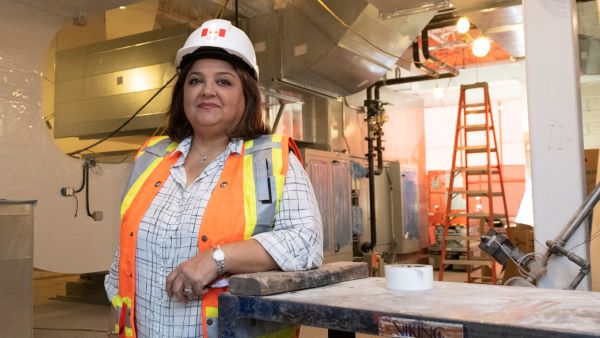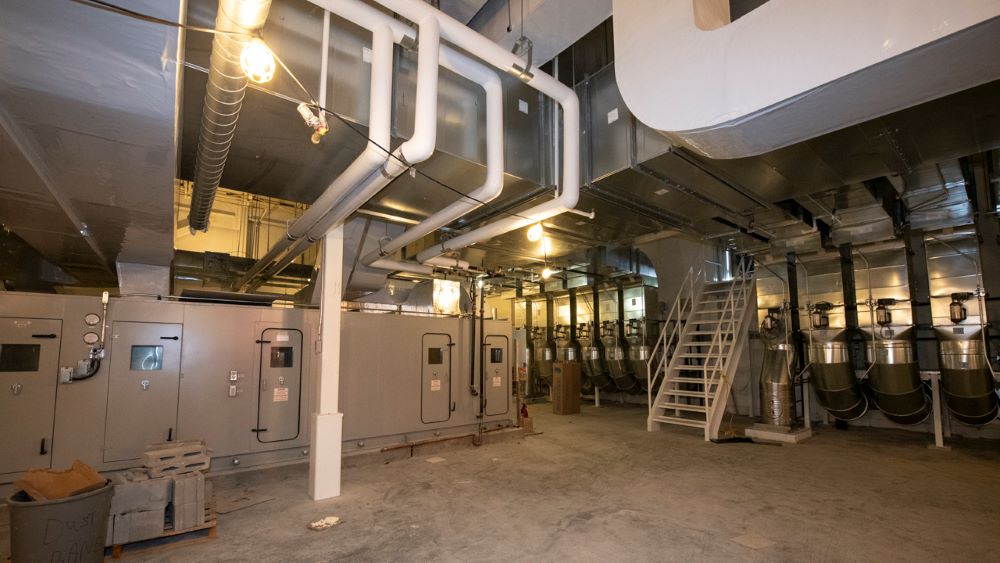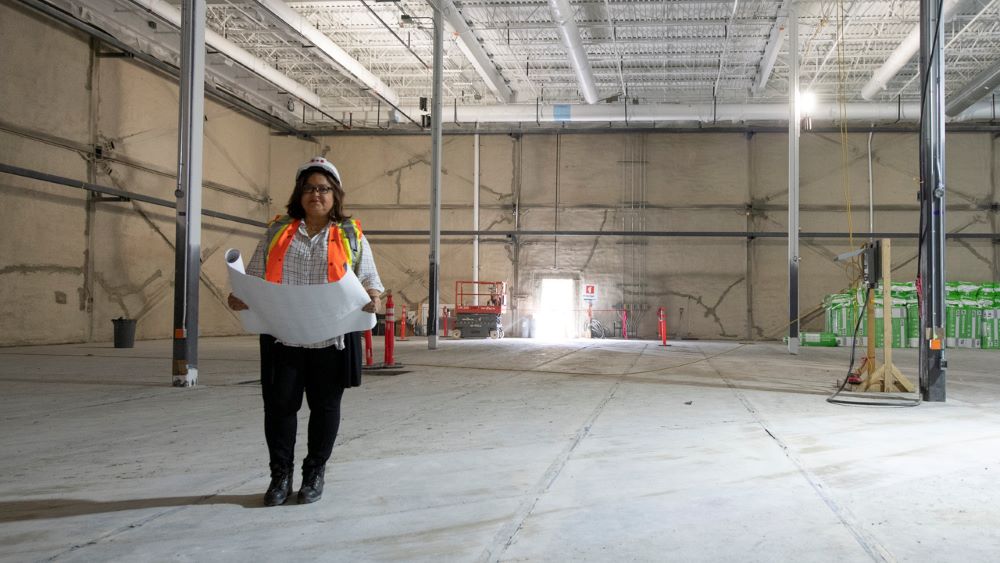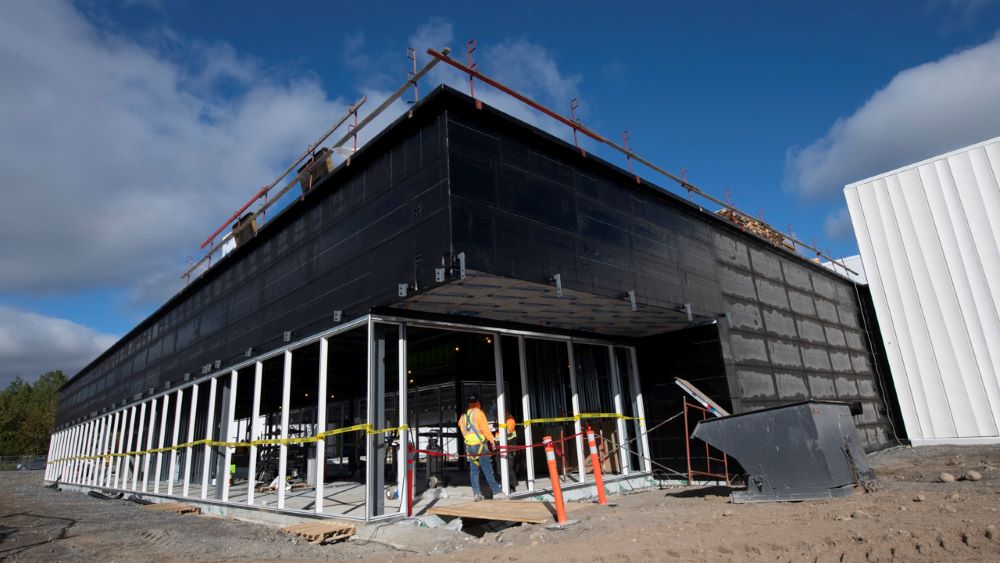Building a new home for Parks Canada artifacts
When we think about artifacts, we typically think about their historical significance. However, equally important is how they are being preserved so that future generations can see and benefit from the history they bring to life.

Parks Canada cares for a collection of approximately 31 million historical and archaeological objects, representing over 11,000 years of human evolution, including many aspects of Canada’s remarkable past. The artifacts are currently housed in 6 collection storage facilities across the country, from Winnipeg, Manitoba, to Dartmouth, Nova Scotia.
A project is now underway to build a new facility that will consolidate most of the artifacts under a single roof in the National Capital Region. The new Parks Canada Collections and Curatorial Centre will ensure that the collection continues to be carefully conserved and managed for the benefit of current and future generations. It will also facilitate access to the collection for all Canadians, including Indigenous Peoples, researchers, institutions and community groups.
As the federal government’s procurement and real property expert, Public Services and Procurement Canada (PSPC) is managing the contracting, design and construction of this landmark facility, scheduled for completion in 2023, on behalf of Parks Canada.
It’s a project with almost as many complexities and intriguing angles as the collection at the heart of the effort.
Creating a modern facility for artifact preservation
A facility of this nature and significance has unique requirements. For example, to engage Indigenous Peoples in the project, Parks Canada conducted consultations with nearly 40 Indigenous groups and continues to involve Indigenous Peoples in the care and presentation of the collection. In addition, the facility design includes a communal meeting area for Indigenous groups and exterior building elements focusing on Indigenous themes.

Also notable is the fact that the building will incorporate many sustainable and energy-efficient features while maintaining optimal temperature and humidity conditions for the artifacts. Storing, displaying and protecting the items involves further challenges, so the project team has assembled a multidisciplinary group of experts to assist.
Following a competitive procurement process, PSPC awarded a contract for the ambitious design to a joint venture between Moriyama and Teshima Architects, the firm behind the Canadian War Museum in Ottawa, and NFOE Architecture, which has developed facilities with special heating, ventilation and air conditioning environments.
Additional consultants have been engaged to support the team with some of the more unusual facets of the design. “We employed a consultant just for the building exterior,” explains PSPC Project Manager Soheila Kiani, who is coordinating and overseeing all the work. “That’s because we opted for an advanced double-walled system, with a large gap between the walls, that will help create a stable interior environment and reduce energy consumption.”

Within the space, there were many considerations to take into account for the extensive artifact storage area, so a storage design expert was brought on board. “Parks Canada has millions of different artifacts with a range of storage system demands,” says Kiani. “The consultant was able to help determine which storage solution to employ for each.” Arriving at the storage decisions involved discussions with the Parks Canada staff caring for the objects. “I visited the 2 existing facilities in Ottawa containing parts of the collection, to familiarize myself with the artifacts and speak to the curators and collections specialists about what’s essential for managing their sections,” Kiani says.
Innovative solutions and extra guidance were also required to protect the irreplaceable collection from fire damage. “That part is very complicated,” Kiani points out. “Each area of the building, which includes employee workspaces, as well as reception, meeting and ceremonial rooms, has its own fire protection criteria. In the storage area, it’s particularly challenging for the fire system to reach every point, regardless of shelf height and depth. As well, we have to ensure that, if the sprinklers are activated, the artifacts won’t be damaged by the water.”
Securing an adequate supply of water has meant thinking beyond the city’s existing reservoirs. “What’s available through the city isn’t sufficient, so we installed underground water tanks that will exclusively serve our fire protection system. The size of these tanks is amazing. At first glance, they look like 3 airplanes parked together,” says Kiani.
Passion, pride and collaboration

The hallmarks of the project are close collaboration among the stakeholders and Indigenous groups, combined with passion and pride about participating in such a meaningful mission. “From myself and Parks Canada to the consultants and contractor, everyone feels honoured by this opportunity,” Kiani notes. “We’re motivated to do this for Canada!” Thanks to the project team’s dedication, and with experienced contractor Pomerleau awarded the competitive construction contract, the new 88,000-square-foot Parks Canada facility is on the way to opening its doors.
To learn more about PSPC’s real property expertise, visit Public Services and Procurement Canada, or check out Our stories for more articles about PSPC people and projects making a difference in the lives of Canadians. You can also follow #OurVaults on Twitter to see some of the artifacts under the care of Parks Canada.
Page details
- Date modified: